Surf cultureAtomic Surfer

The History of Surfing in Puerto Rico
Some nations are brimming with surfing but are not considered “surf nations.” That might be because they don’t have resident surfers consistently representing them on the world tour or international stage, and/or because their history of surfing hasn’t been as widely (or perhaps strategically) disseminated. It might be because surfing hasn’t been embedded into the local culture deeply or for long enough. Puerto Rico is one of these such nations.
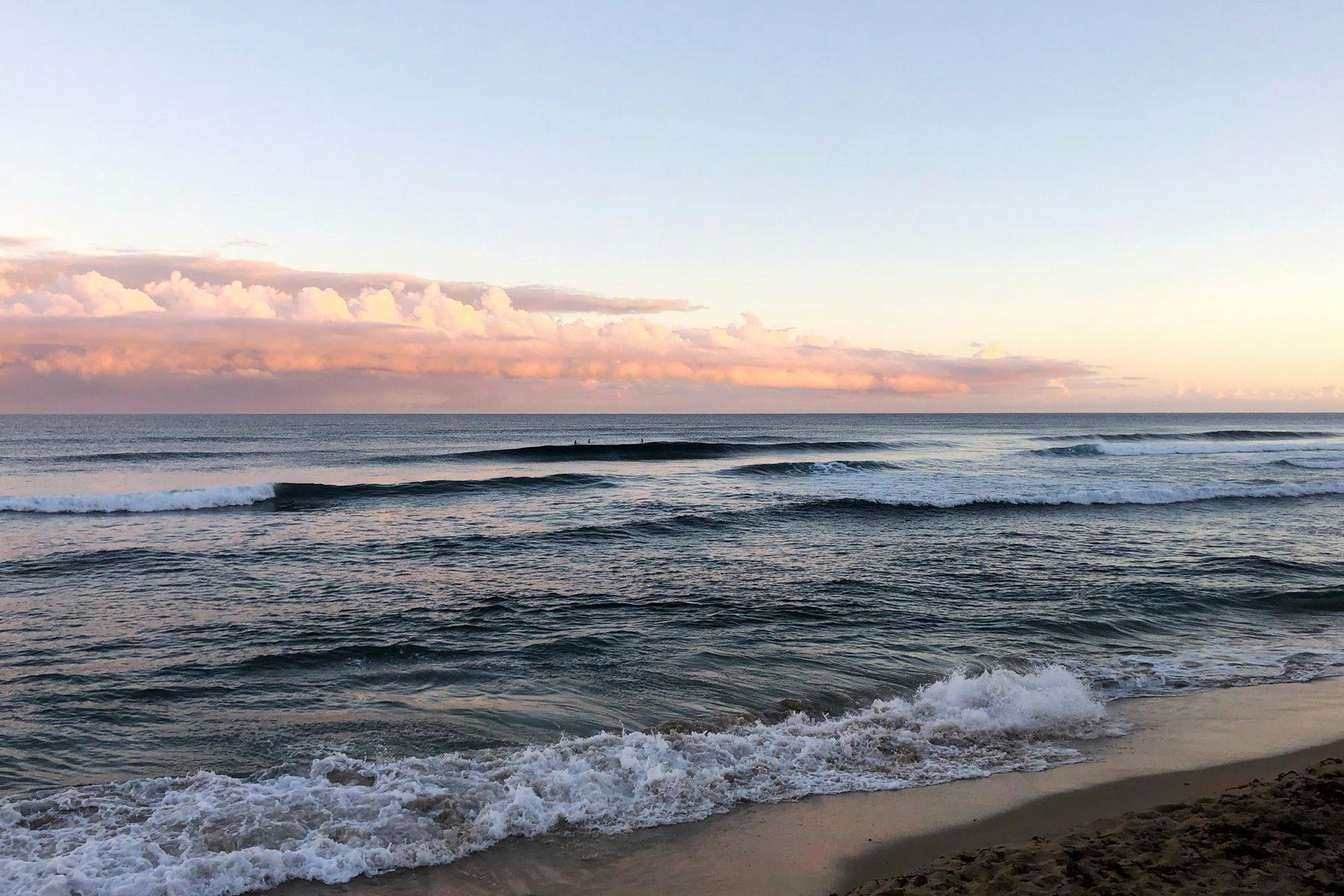
“Antes de entrar a la historia formal del surfing en Puerto Rico, se tiene que discutir la historia de la cultura acuatica en Puerto Rico – o mejor dicho la ausencia de una cultura de mar.”
“Before getting into the formal history of surfing in Puerto Rico, it is necessary to discuss the history of the aquatic culture in Puerto Rico – or rather, the absence of a sea culture.” So begins the book Atomic Surfer, the latest brainchild of surfer-cum-prolific-historian Dr Rodrigo Fernos, published last September in Spanish Edition. In this three-part surf chronicle, Fernos reaches beyond the oft-delimiting borders of surf culture, touching on the broader relationship between Puerto Ricans and the ocean, how the country’s geography and urbanisation influenced their view of surfing, and the island’s history of colonialism. Through extensive public record research and interviews with some of the main characters in the history of Puerto Rican surfing, Atomic Surfer explores the Whys and Hows behind the development of the national wave-riding scene, as well as the ways in which the practice has helped transform the local culture from inland-oriented to ocean-oriented.
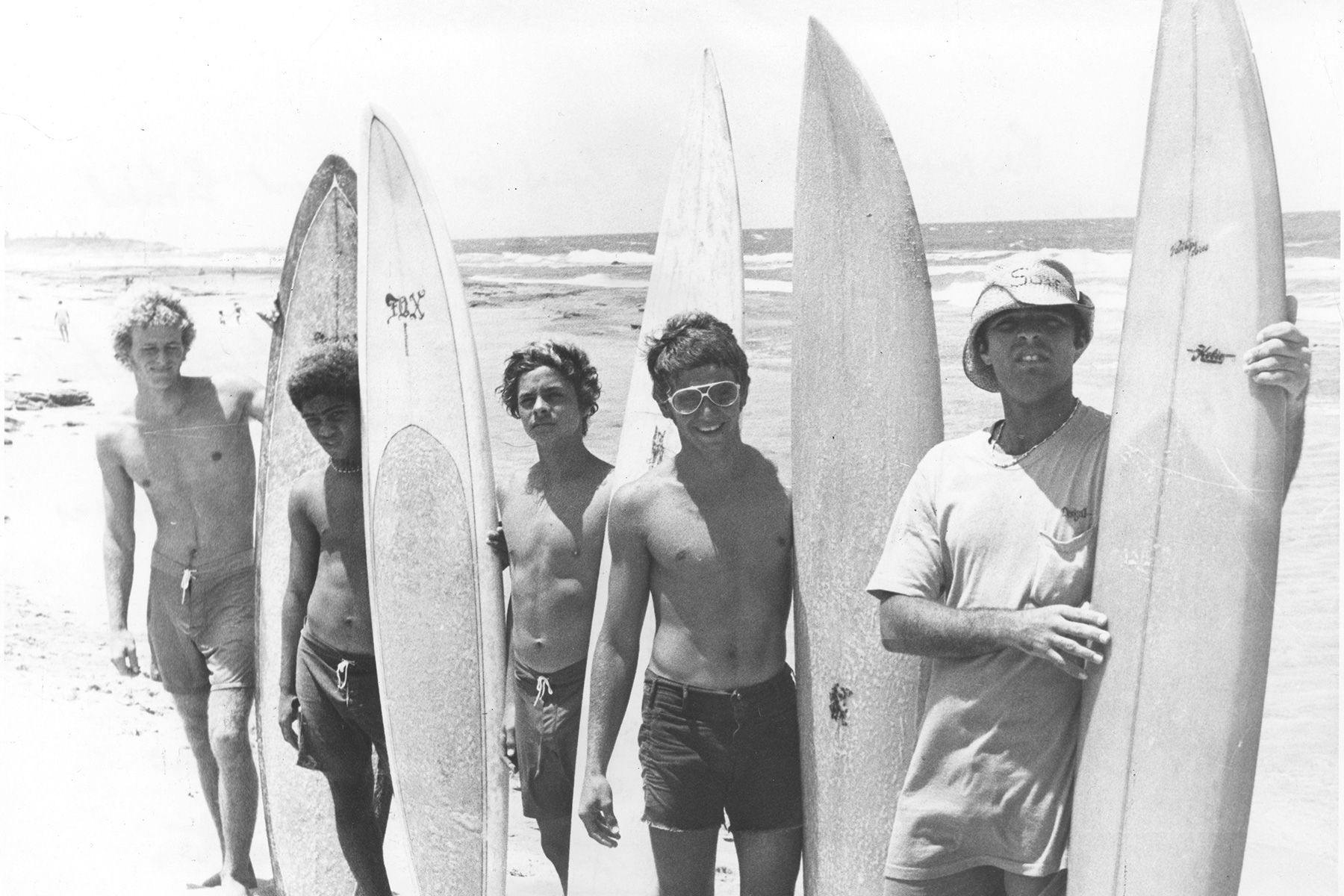
Surf Simply caught up with Dr Fernos to hear more about the idiosyncrasies of Puerto Rican surf culture, observing how there’s so much more to the history of surfing than just the history of surfing. The following quotes have been extracted from the first chapter of the first book with the permission of the author; they remain in their original form in Spanish as per his request. (Use your browser’s “Translate” button to view them in English).

As a historian focusing on science, technology, and medicine, your work covers a range of topics: from the history of science in Latin America to the nationalisation of the Puerto Rico Telephone Company, through to the interrelation between biology and ethics. I was wondering, what made you write about the history of surfing in Puerto Rico?
When I was in school at the University of Texas in Austin, I knew that I wanted at some point to write a book on the history of surfing from a history of science point of view. I began accumulating documentation during the 1990s, but could never get to work on the project because I always had something to do: a doctoral thesis program at the University of Puerto Rico, work as a transcriptionist, teach undergraduate classes, run a website about the development of science and technology in Latin America (ictal.org), and a hundred of other things that were far more pressing at the time. Unfortunately, it kept getting delayed, and the book I originally wanted to write was written by Peter Westwick and Peter Neushul (The World in a Curl, 2013); they ‘beat me to it’.
However, for some reason or other that I can’t recall at the moment, I ended up meeting Monty Smith, of Legends Surf in Puerto Rico, who encouraged me to renew the project in 2019, but again the project got stuck in ‘book limbo’ as I had more pressing issues as getting my impermanent teaching contracts renewed as well as other books (Science and Sovereignty, 2021). The pandemic suddenly created a good working space, and given a special event that Monty was going to hold, I decided to work exclusively on the project.
It soon became clear that there were key issues to surfing that could be used to create a model for the history of science/technology in the island, as it also related to cultural diffusion and to technological innovation. For example, California had a very open information-sharing culture which, as we all know now, led to the radical transformation of surfing. Meanwhile, Puerto Rico cultural dynamics might be classified more as zero sum: “my win is your loss”,which does not bode well for local innovation or lead to ‘social trust’ a-la Fukuyama. (As the American sociologist Immanuel Wallerstein noted, semi-peripheral regions suffer gross distortions to their cultural dynamics.)
“Fue la YMCA quien introdujo tanto el baloncesto como la natación, construyendo en sus facilidades la primera piscina en 1913. Posiblemente debido a que las familias norteamericanas practicaban ciertos deportes que los locales no practicaban—el football, tenis y golf; al igual que el bote y la natación, fue que se tendió a asociar en la mente local la natación con ‘lo americano’ y el militarismo estadounidense.”
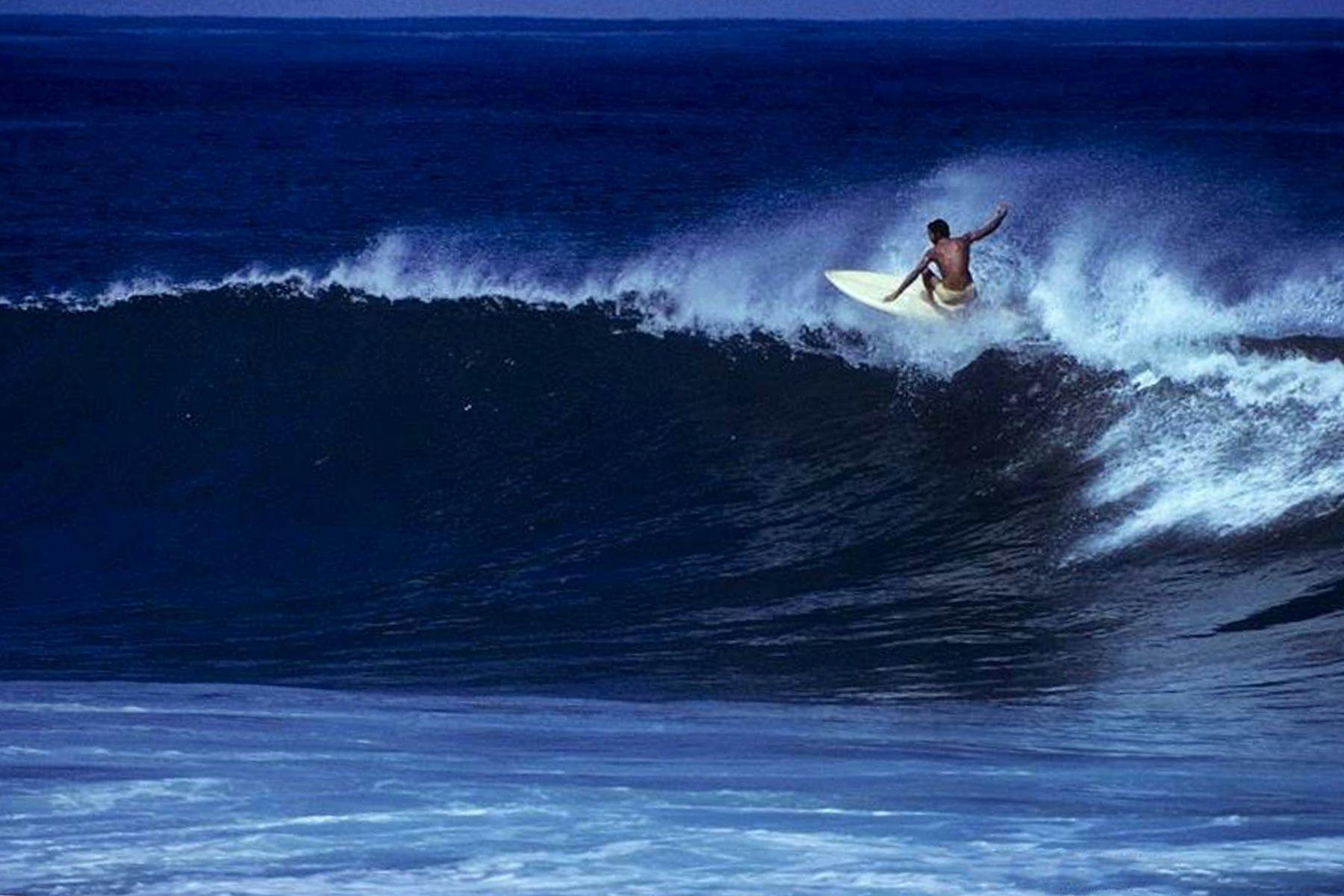
Although a part of the U.S., I imagine Puerto Rico has a very distinct history and culture from most mainland states. What would you say are some of the unique elements in the history of surfing in Puerto Rico that have contributed to developing the current surf culture?
The book Atomic Surfer is the first part of a three volume series on the history and development of surfing in Puerto Rico, and although I cannot answer this question for the time being, I can say that the colonization of Puerto Rico by the United States after 1898 did create a forum, which allowed for the more rapid diffusion of a “Californicated” Hawaiian surfing to the island.
Based on your own experience and information you have come across during research, what would you say are some elements that make the surf culture in Puerto Rico unique? How different does it feel from other places you have surfed and why do you think that is?
Come to think about it, I don’t think the Puerto Rican surf culture is any different than in other places; in fact, quite the contrary. I’ll give you a few examples. When you read about the changes in California surf culture that occurred after the movie “Gidget”, it is amusing to notice many of the same social dynamics in Puerto Rico. Mickey Dora gets frustrated, angry, and violent at seeing so many people after 1959 at his favorite spot, “Malibu” – particularly after he and Mike Doyle had interacted with Kathy Kohner when they had the waves to themselves. The emergence of ‘competition’ and some degree of conflict is inevitable in all surf spots with a rapid population growth rate; it is the typical symptom of ‘overpopulation’. Given the same constant number of waves, with each new person, there are less opportunities to catch waves, and hence a greater number of conflicts in the water.
Also, the particular wave dynamics have a huge impact. For example, “Inches” (a spot in Patillas, southeastern Puerto Rico) has only one [tiny] peak, so even with 10 guys it feels crowded. By contrast, a more spread out place like “Domes” (in Rincon, on the west coast) can fit more surfers because of its different peaks. This is one good thing about big wave riding: as wave size increases, the barrier of entry is also elevated (based on merit). Thus when “La Ocho” (in Escambron, northern Puerto Rico, just off San Juan) gets big, one of the key benefits is that the number of people in the water is drastically curtailed.
The demographic composition of a spot too will have a huge impact on its given ‘spot culture’: the diversity of ethnic groups, the level of education, the level of affluence will all play a role in giving a particular spot its ‘character’. If a group is used to resolving conflicts in a violent manner on land, they will also tend to resolve conflicts in a violent manner in the water. And finally, if there are no surfers in the water, few people will get in. During the1960s, spots as #5 and #2 1/2 near Old San Juan were very popular, and now they are rarely surfed. In Mexico, five of us drove through mosquito infested jungles to get to pristine empty breaks; the lack of roads suggested that it would remain that way. So the presence or absence of surfers could be said to be a function of their number, reaching a maximum relative to wave incidence, size, and distance from the shore.
A single surfer who surfs perfects waves at some far away place but who has no audience is unlikely to continue to surf it. Surfing in this sense is deeply related to masculinity and male self-hood, which cannot occur in the absence of an audience whom will witness and testify to the events and/or personal achievements—and hence why friendship is also such an integral part of the sport. One might say that surfing helps to provide meaning to individuals who lack it in a modern social context, where so much has been removed from of our control and volition.
“Como indicó Salvador Brau, más de un 81% de los puertorriqueños vivían en la montaña, en contraste con el pequeño por ciento que vivían en las urbes tradicionales de la costa: San Juan, Ponce, Mayaguez o Aguadilla. Si consideramos la tecnología de transporte en el cual la cultura del siglo XIX se ubicaba, junto al contexto represivo colonial, el rechazo al océano en Puerto Rico empieza a hacer más sentido. (…) La interacción diaria con un fenómeno tiende a desarrollar nuestro interés y destrezas con el objeto de cercanía; mientras más distante se encuentra, menos propensos estaremos a interaccionar con el objeto debido su distancia. Aunque unas pocas millas no nos importen en el mundo del 2021 debido a la relativa facilidad y bajo costo con el cual nos podemos transportar, sin duda tal no era el caso en el Puerto Rico colonial. Cuando comparamos la experiencia borinqueña histórica con la de Hawai, cuyo núcleo de surf se encontraba en la playa de Waikiki — tan cercana y tentadora al usuario, con olas que invitaban su uso y deleite, la diferencia de experiencia es sustancial. A pesar de tener una de las mejores olas del mundo, el surfing vino a Rincón exógenamente, desde afuera, y no originó endógenamente, desde sus procesos culturales internos.”
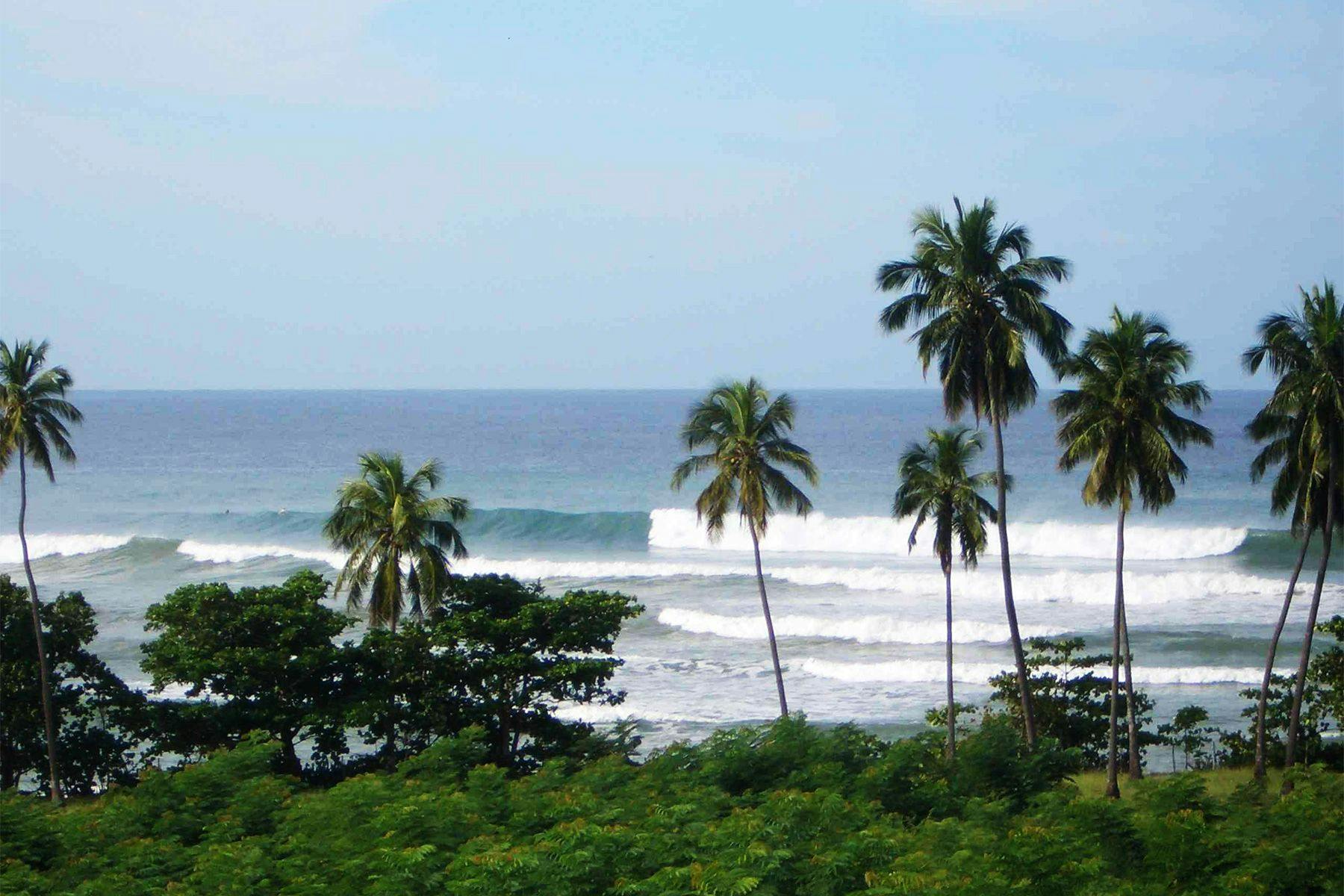
What were some of the most surprising and/or intriguing facts you came across during your research?
There can be no doubt that one of the most interesting discoveries of the book was the utter lack of an ocean culture in Puerto Rico prior to 1898 – which I found rather shocking as a person who has always loved the ocean. The high incidence of drownings in the island provide a clue, but as you dig deeper, it turns out that the majority of coastal cities are built some distance away from the ocean – even those in the Caribbean Sea, such as Ponce, which are some 4 miles away.
The following may sound obvious in retrospect, but the ocean was widely feared due to the constant attacks by pirates and Caribs; while Western settlers of the US plains formed their ‘wagon trains’ for protection, colonial Puerto Ricans simply moved further inland. In fact, common points of exchange, as the internet and the ocean, are entry points for both ‘exports’ and ‘imports’ – of both the benign and the malignant kind. Colonial history in the island was simply and utterly horrific, and its citizens early in the 16th century had warned the Spanish Crown that if something was not done about it, colonization would not be able to proceed but would utterly fail. Non-Hispanic European colonization, as that of the French in the Eastern Antilles eventually helped “pacify” these groups, and the rise to dominance of the US as a power also led to the decline of foreign incursions in the Caribbean – or the lack of foreign rivals within its increasing sphere of influence.
While these issues might appear to not be related to surfing, they have everything to do with it. It goes without saying that in the absence of peace, surfing simply could not develop and exist, wisely observed by Thomas Hobbes in a broader context. This ‘interior mountain perspective’, rather than an ‘outward-ocean facing’ outlook, thus became deeply ingrained into Puerto Rican culture, and is still its predominant outlook to this day – though it undergoing a transformation at this very moment.
What about these transformations?
This might be strange to an activity that is so taken for granted in the US, but by “transformation in the ocean culture of Puerto Rico” I simply am referring to the fact that many more people swim today than they did a century ago, or even 50 years ago. This was a persistent thread among the interviews that had also been identified in print. Those who take swimming as a natural human activity will be astounded at how rarely this was done in a Caribbean tropical island, whose unique historical causes are explored in the book.
“La ausencia de una cultura de mar es quizás tajantemente demostrada cuando comparamos los periódicos de Puerto Rico con los de California durante el siglo colonial. El leguaje y las imágenes que predominaban los periódicos locales como La Democracia, La Gaceta, o el Boletín Mercantil con respecto al mar estaban llenos de lenguaje negativo, dominado por el peligro que el mar representaba. (…) No puede haber mayor contraste con la actitud puertorriqueña hacia el océano con la que se demostraba en California en estos años, las que hacían eco de una actitud positiva hawaiana hacia el mar. En sus periódicos, Los Angeles Gerald, San Francisco Call, así como el hawaiano Pacific Commercial Advertiser, el oleaje de mar fue caracterizado como fuente de placer y alegría; un divertido tiempo de ocio donde los muchachos se podían distinguir entre sí en competencias deportivas — e inclusive, hasta las mujeres. Esto no es decir, por supuesto, que los peligros del mar eran invisibilizados en sus páginas, sino que la implícita visión de mundo era mucho mas variable. Las aguas del océano eran una fuente tanto de peligro como de deleite, constituyendo así una visión en el foro público más positiva y compleja de la que aparecía en la prensa puertorriqueña.”

There must have been a lot of ground to cover in this project. How did you go about organising the research and the book?
This might sound a bit odd, but there was no book ‘organization’ in the formal sense of the word. As I noted previously, I had been accumulating material for some time, which lends itself to its ‘natural ordering’, as Bertrand Russell once noted. I knew the rough points I needed to cover, and so I began slowly and tediously researching those fine minutiae that were unclear to me. As most of the primary source materials are not yet digitized in the island, you have to look at every single newspaper to be able to find the information you want, day by day, week by week. For example, it took me an entire week just to identify the arrival of “Gidget” to local movie theaters in Puerto Rico. As my research approached the present, I began asking old surfers for interviews and contacts, which they rather graciously provided – and to whom I am deeply indebted, both for their kind and honest participation as well as for their generosity as a whole.

You’ve got quite a few books under your belt. In what ways did this project differ from the others?
‘Living history’ is vastly different from ‘archaic history’ in that all men and women naturally seek to jealously guard their reputations. When you are researching archives and books, it’s just you, the documentation, and the critical honesty with which you deal with the material. When you interview folks, well, let’s just say that the dynamic is very different. Unfortunately, most individuals do not understand what a historical perspective entails. In fact, historical interpretation seeks out the broad trends and patterns that occur over time; as one would say, looking at the ‘forest’ for the ‘trees’. Another pretty big difference is that I tend to consider myself more of a ‘historian of ideas’ as this is what principally motivates me in my academic research. This book entailed social history to a far greater degree than I imagined it would.
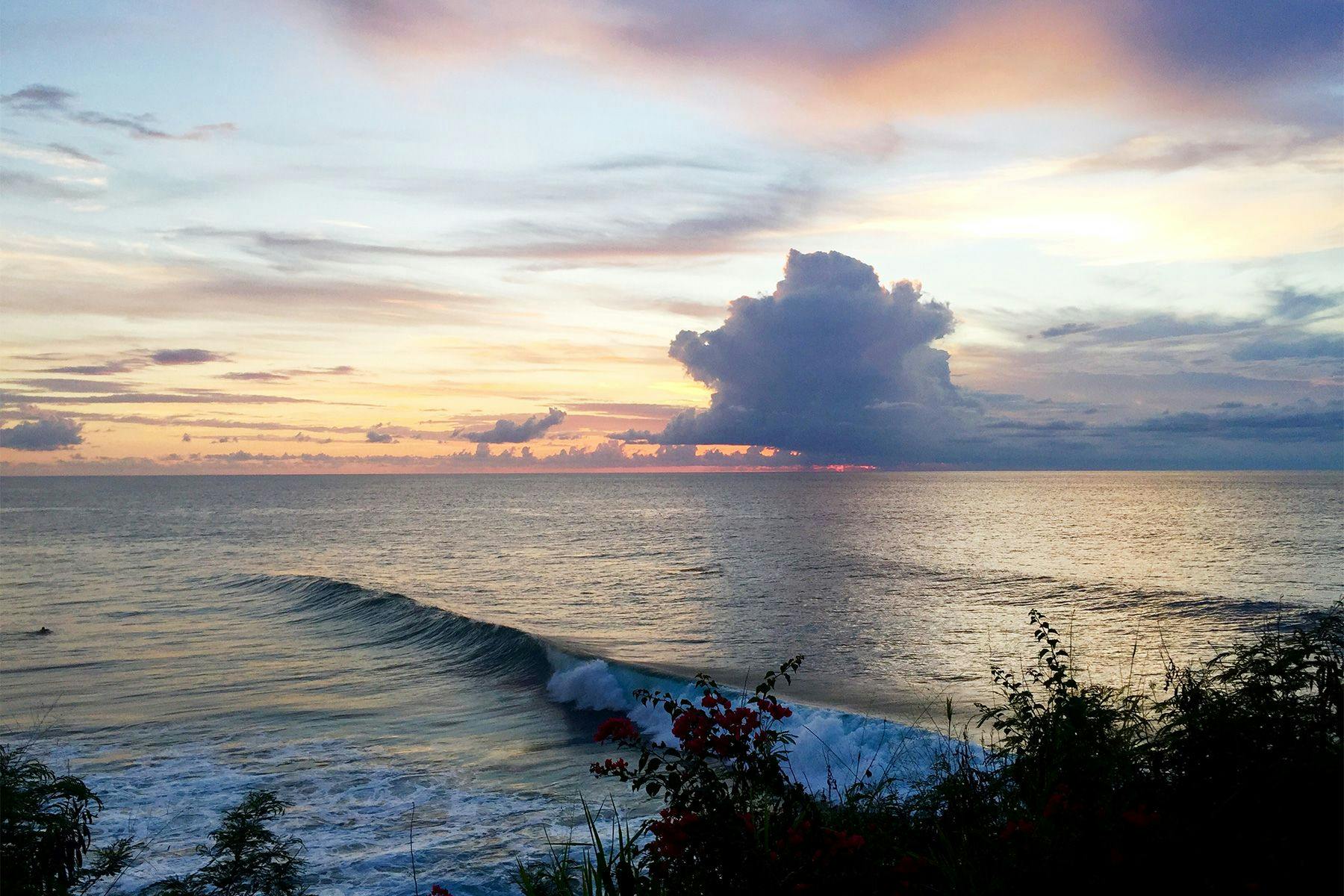
I’ve asked Spanish surf historian, Daniel Esparza, this question: As a historian, how do you think researchers and surfers can work together to further study and unveil important events in the global history of surf culture?
The history of surfing is far more important than most people realize; it helps us to understand broader cultural patterns that have occurred during the modern period. Some might view it as “merely” sports history, but to me its far larger than this, in that, to begin with, it shows how science and technology have radically transformed the sport, altering the traditional Hawaiian surfboard literally into a corporal extension of “man” and “woman”. Not only that, the history of surfing is a vast and unexplored topic that sheds light on how cultural elements from one region of the globe have diffused to other regions without any government or state dictating its social dynamic – although this is not to say they have not played a role. When contrasted to other historical topics, surf history is truly global in its scope and nature.
With regards to how we might improve its research, there can be no doubt that the best way to study this dynamic and history is to create ‘surfing archives’ in every nation, where data can be accumulated about the practice for later scrutiny. Given that the local origins of surfing typically occurred in far away places lacking any photographs or videotapes, it is important that a vast range of interviews be conducted to help piece together its history in a much more rigorous manner before surfers who took an important role in this history die. (Some important local Puerto Rican surfers died this year, such as Rogelio Varas.)
A good analogy to help emphasize its importance might be the following: If a fire occurs in your home and completely destroys it, most of a home’s entire material possessions can be easily replaced by going to a local store. Old photographs and albums, by contrast, are the most important to preserve as they have captured non-repeatable events that shed light on that family’s character and history. Photographs thus are cherished memories that shed light into who we are as individuals and as groups. The same is true of surfing. We need to capture and preserve the story of all those involved – rich and poor, black and white, Anglo-Saxon or Hispanic – before it forever disappears into the dustbin of time. Hopefully, it will shed light into our own historical epoch for future generations to come.
*****
The author and Surf Simply would like to thank Dr. Rodrigo Fernós for his assistance with the article. To see more of his work, visit his website.